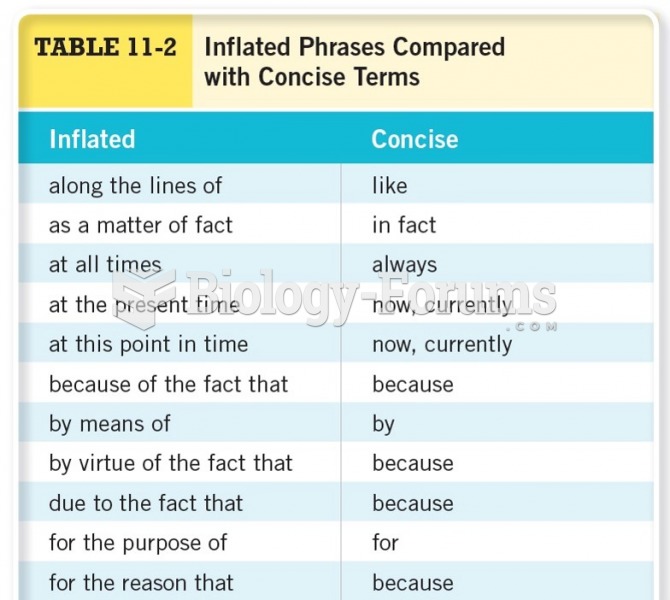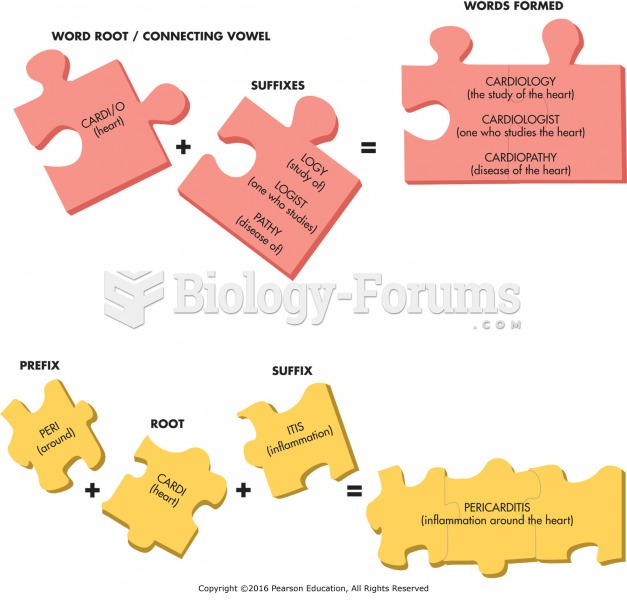Answer to Question 1
F
Answer to Question 2
The three elements are: pretransaction, transaction, and posttransaction components of customer service. Retailers design additional services to entice the customers with whom the retailer is seeking to develop a relationship. Retailers should design their customer-service program around the pretransaction, transaction, and posttransaction elements of the sale in order to obtain a differential competitive advantage.
A retail shopping experience involves your actions before and after the transaction. Therefore, serving the customer before, during, and after the transaction can help to create new customers and strengthen the loyalty of current customers. If customer service before the transaction is poor, then the probability of a transaction occurring will decline. If customer service is poor at the transaction stage, then the customer may back out of the transaction. And if customer service is poor after the transaction, then the probability of a repeat purchase at the same store will decline. The customer who visits a retailer and finds the service level below expectations or the product out of stock will become a transient customer. This transient or temporary customer will seek to find a different retailer with the level of customer service he or she feels is appropriate. The retailer with a superior customer-service program will have a significant advantage in turning these transients into loyal customers.
Profitable retailers can develop these relationships with their customers by offering two benefits: financial and social.
Financial benefits increase the customer's economic rewards. Social benefits increase the retailer's interaction with the customer.
Due to significant cost cutting following the recent period of retailer consolidation and retrenchment caused by the recession, converting the consumers into loyal customers is even more difficult. This has affected the financial benefits that a customer could have enjoyed. Many current retailers have an indifferent and undertrained sales force. As a result, there is a complete breakdown of what is essential for a successful retailer: exciting merchandise backed up by outstanding service and personal selling that generates loyal customers. Lowering customer-service levels to remain competitive has also affected the social benefits for the customer.







